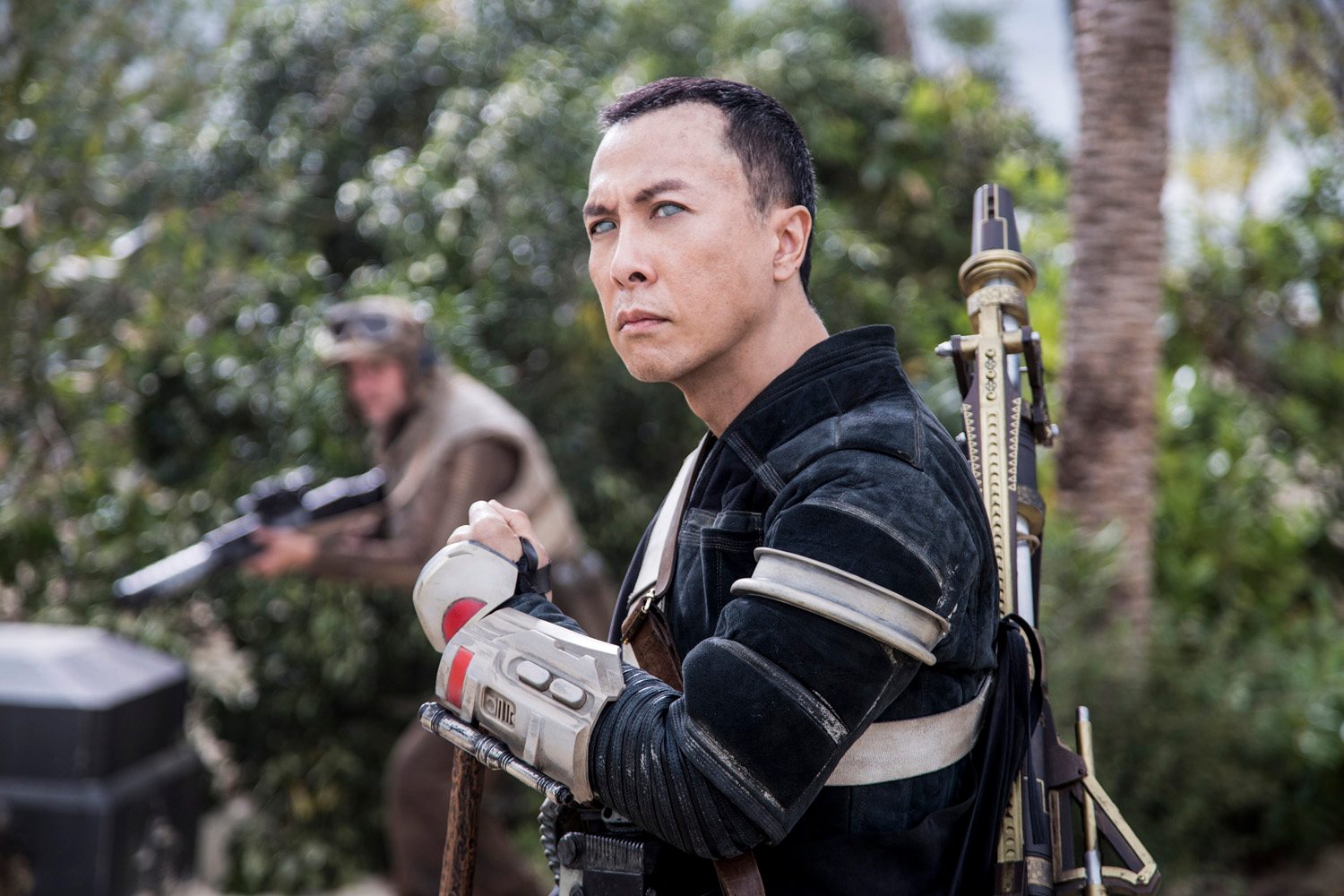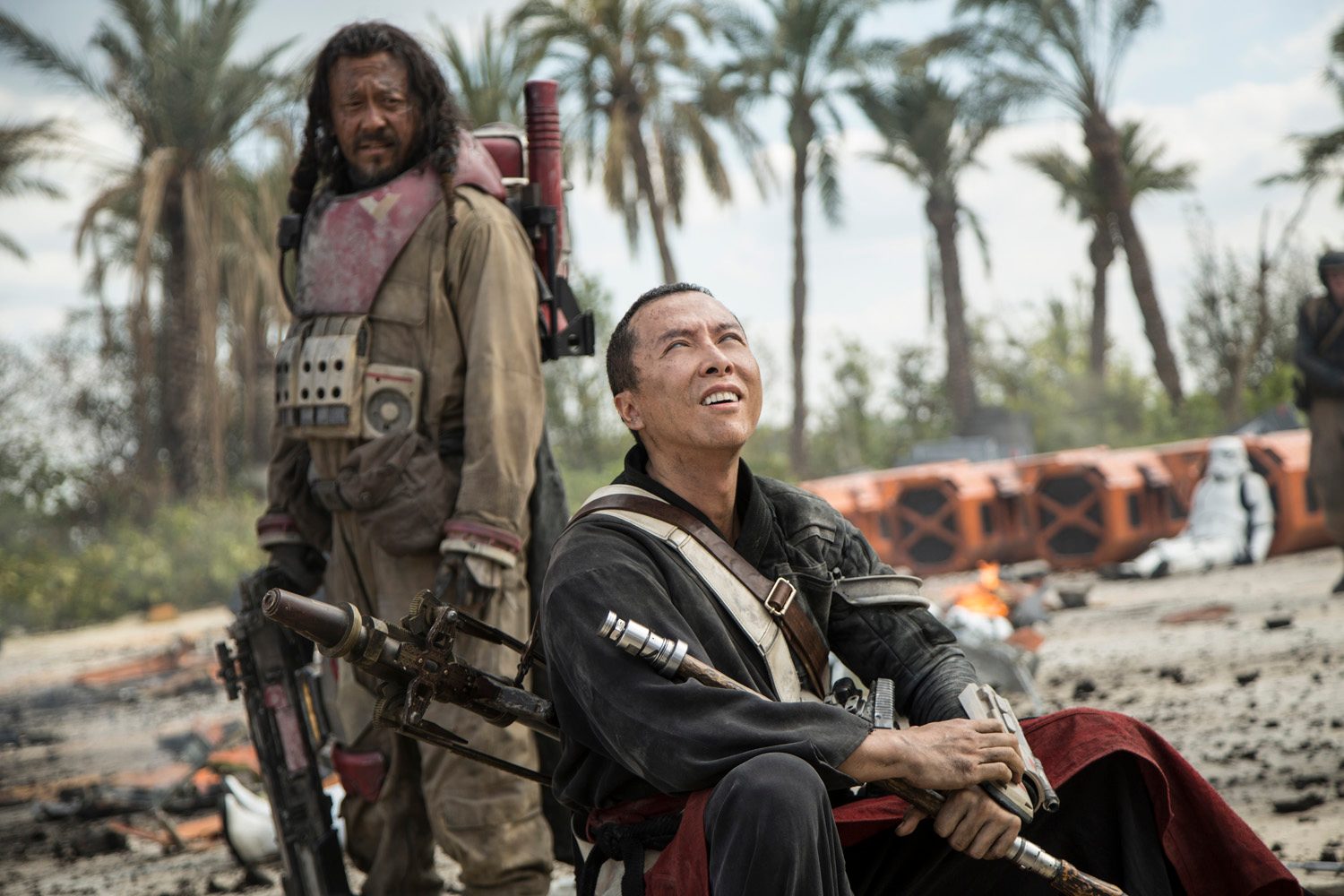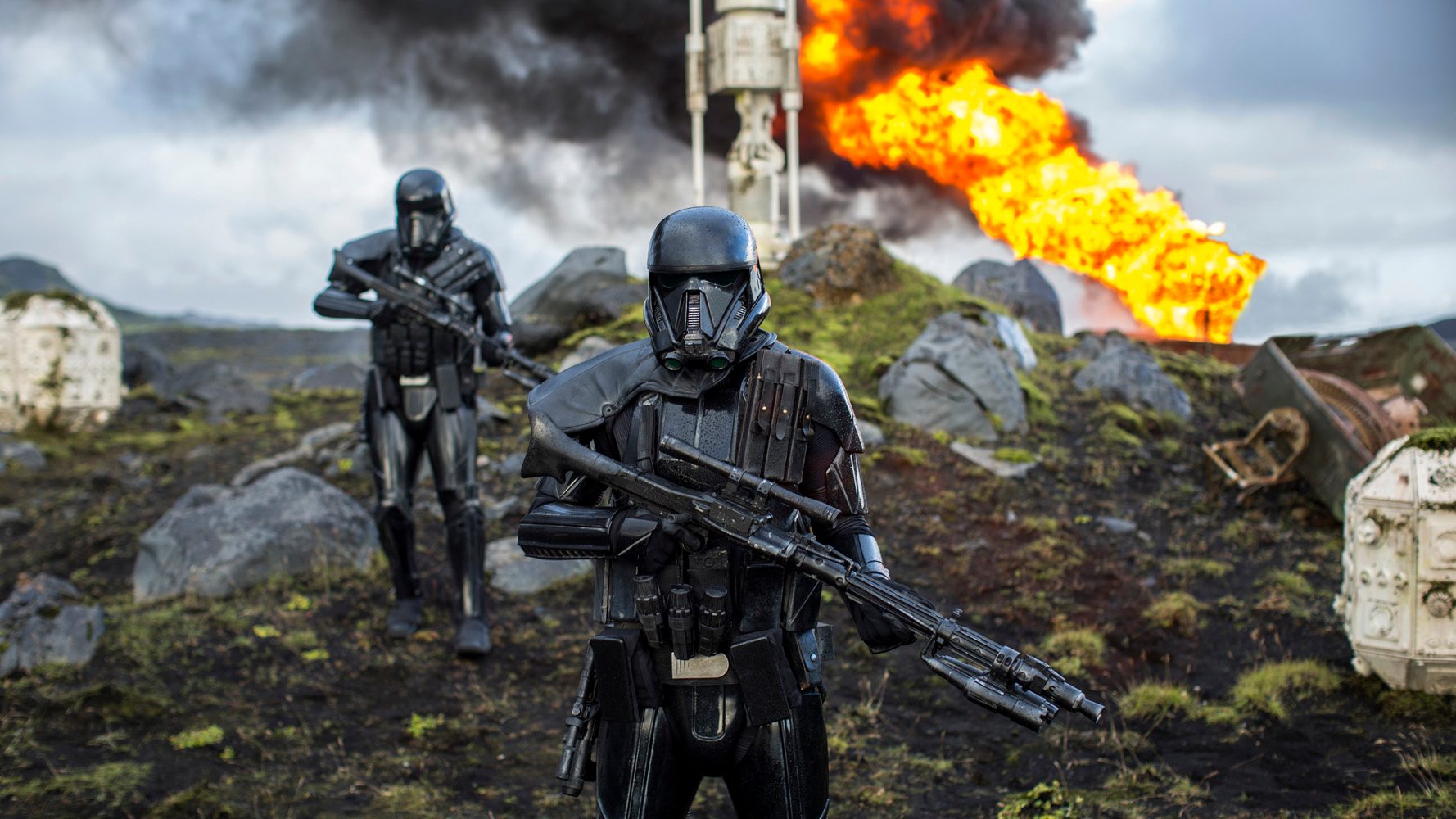SUMMARY
This is AI generated summarization, which may have errors. For context, always refer to the full article.

“A long time ago in a galaxy far, far away.”
George Lucas’ Star Wars: A New Hope (1977) opens immediately with a reminder that all of it is fiction, a sprawling intergalactic epic that is set sometime and somewhere far. Sure, there are allegories here and there, but the movie and all of its sequels and prequels have been adamantly fantastic and escapist, with characters that feel like they were plucked out of myths and fairy tales. Its heroes are fated saviors and princesses, leaders of the forces of good that seek to overthrow an empire of evil.
There is a palpable effort to actually make the films feel far-flung and unreal, with worlds populated by civilizations of growling apes and other bizarre humanoids. Lucas had jumpstarted an ongoing spectacle: its narrative of a prophesied family and its loyal cronies toppling a heartless regime is a labyrinthine melodrama with no finish in sight since it’s too lucrative to end. It’s good entertainment but its own legacy has prevented it from being anything more than the fable it set out to be. (READ: Movie Reviews: What critics are saying about ‘Rogue One’)
Distance and proportions

It is from this perspective of the Star Wars franchise that Gareth Edwards’ Rogue One: A Star Wars Story is such a pleasant surprise.
Rogue One follows rebels, led by Jyn (Felicity Jones) and Cassian (Diego Luna), who are trying to steal top secret plans to defeat the seemingly indestructible Death Star, a machine capable of destroying an entire planet.
When Jyn and Cassian step foot on Jedha, the religious city that is prominently featured in Rogue One’s tale, it doesn’t feel like the film wants to be seen as a story that is set a long time ago in a galaxy far, far away.
Jedha is occupied by the Empire. Its streets are teeming with parades of soldiers lining up alongside tanks and other war machines. There are frequent ambushes launched by insurgents, destroying the erstwhile peace that keep the city’s merchants and residents busy despite the heavy military presence. If it weren’t for the numerous storm troopers and other alien life forms on conspicuous display, the entire Jedha sequence in Rogue One could have been plucked out of a contemporary war movie set in beleaguered Iraq or Syria.

This intriguing insistence of the film to feel more real that sets it apart. In fact, it is the movie’s clever distance from the main storyline that allows it to explore darker themes and territories.
Awe and proportions

Rogue One is also that one Star Wars film where the proportions and breadth of objects actually matter.
Edwards, whose redo of Godzilla (2014) turned the gargantuan monster into a sight for wonder as opposed to just fear, does the same for the Death Star and its destructive capabilities. There are indelible moments in the film where the Death Star, instead of simply floating like a snow globe in the middle of black space, makes appearances in an operatic fashion: it ominously covers the sun or it starts to dangerously hover over a bustling base.
Definitely, Edwards isn’t just gunning for blind spectacle as what most Star Wars movies before have aspired for. He aims for awe, that elusive emotion where beauty and dread converge, and he gets it. Even more astounding is how Edwards does not limit that awe for his audience. Even his characters – from Jyn, Cassian, and the rebellion they represent, to the Empire lackeys who are unfamiliar with their brand new toy – become beholden to the danger and the majesty.

What impresses the most in Rogue One is its intent to define the smallness of everything in the midst of the immense sprawl that Star Wars has become. After all, the film isn’t about chosen ones, or queens, or jedis. It puts the spotlight on the pawns of the revolution: on the foot soldiers, the survivors, spies, that careerist mid-level military officer who can’t seem to keep things in order, the daughter of a scientist who’s lost to political indifference after a series of personal traumas.
Entertaining and emotional

Without legacies in mind, Rogue One is able to turn the war-torn universe of Star Wars into that rare and relatable humanity the series sorely needs. Without a sequel in the works, the film feels complete, with a resolution that doesn’t need to extend expectations. With a smaller piece of the Star Wars pie, it was able to retreat from the convenient confines of fantasy and closer to the real world.
Also, and probably more importantly, it is also wildly entertaining and emotionally stirring. – Rappler.com
 Francis Joseph Cruz litigates for a living and writes about cinema for fun. The first Filipino movie he saw in the theaters was Carlo J. Caparas’ ‘Tirad Pass.’ Since then, he’s been on a mission to find better memories with Philippine cinema.
Francis Joseph Cruz litigates for a living and writes about cinema for fun. The first Filipino movie he saw in the theaters was Carlo J. Caparas’ ‘Tirad Pass.’ Since then, he’s been on a mission to find better memories with Philippine cinema.
Add a comment
How does this make you feel?
There are no comments yet. Add your comment to start the conversation.